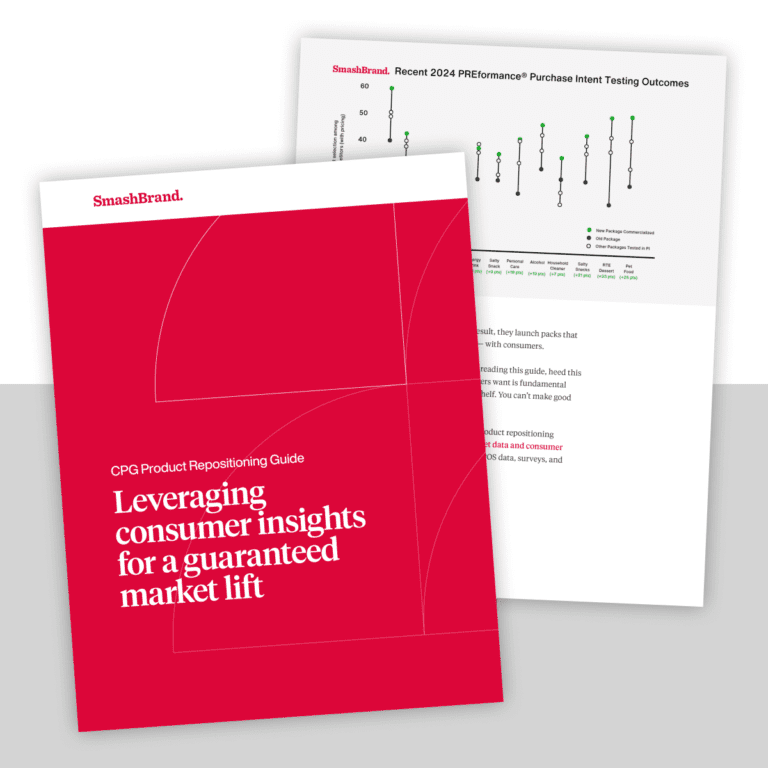Branding and logos are intertwined, but they aren’t the same thing. You can have a logo without a brand, but you can’t have a successful brand without a logo. It’s like going out on a date with someone with a fantastic personality but who is, in fact, a body-less cosmic vapor.
It may seem clichéd and obvious, but product and brand logos are actually very necessary; they tell the public in a single, well-crafted badge what the company is about and what the brand culture is. Sometimes, it tells the public what a self-absorbed and pretentious status groper you are, but it’s all in the game. When a product package is designed minus an effective logo, what you have – even if the package is designed otherwise splendidly – is a concept. Here are a few reasons why it is essential that a company’s brand logo should, and must, be considered when designing the overall package.
The logo is the calling card
If you’re looking for good logo design tips, then here’s one: A logo is more than just a font. You don’t have to go nuts designing and overdesigning a brand badge, but every successful logo is richer and more detailed than what you can get from a typeface template. Back in the olden days when a graphic design artist had to manually write out brand logos, it had to be done with panache. The Coca Cola logo design couldn’t have been conceived with a preexisting palate – look at the two capitol C’s, for heaven’s sake! Completely different, and yet thoroughly harmonious! When do you ever see an elegant example of lettering design mixing in a single phrase achieved with a computer program? Exactly. Now hand us our canes, whippersnapper.
Also (and we might be going off on a bit of a tangent here), in the late 19th century when Coca Cola was first conceived, logo design was unique only up to a point – it couldn’t be so renegade that the public would have difficulty understanding it or relating to it. The design had to work within certain parameters while still individuating itself just enough to be memorable. The point, after all, was to get the customer to purchase the product, not to celebrate itself with spectacularly innovative design. Nonetheless, the Coca Cola logo managed to distinguish itself while staying firmly within the comfort of the culture. As the brand calling card, the logo must act as a touchstone for the consumer; it is the only tangible element that tells the public that different products from the same brand are of the same standard.
The logo informs the package design
Without a well crafted logo, the package design has no helm. It is the specificity of the logo design that tells the package designers what will and won’t work for the brand identity.
We’re not only talking about the specs of the package itself – whether or not the package can accommodate the size of the logo – we’re talking about the aesthetic. The logo and the package design must marry and live together in harmony – until the logo gets plastic surgery and suddenly becomes to hot for the package and decides it wants to see other packages. Such is life.
Logo vs. brand: The logo informs the brand identity
Sometimes, when a brand identity isn’t fully formed, the logo design can push it over the edge into a fully coherent persona. Just an added touch of whimsy, elegance or strength can give the brand enough clarity to really speak to the public in a meaningful way. A package design, however brilliant, can’t do it alone.
Likewise, the brand, once established, can help the logo evolve into a tighter and more evocative symbol than it was in its first incarnation. However, in a perfect world, the logo would have been tight enough originally to not need a tremendous amount of cosmetic modification later in life. Once again, the Coca Cola logo; it’s the Sharon Stone of brand badges.
Subscribe to
Nice Package.
SmashBrand’s Nice Package: Stay current with our latest insights
Free Resource.

CPG product repositioning guide.
Explore the five undeniable signs your CPG product needs repositioning along with strategies for leveraging consumer insights for a guaranteed market lift.
Download Whitepaper About CPG product repositioning guide.